The Use of Interactive Toys in Children’s Pretend Play: An Experience Prototyping Approach
Research
Archives of Design Research 2019 [Go to Pulication URL]
🏆 Awarded Best Article of the Year
🏆 Awarded Outstanding Article of the Issue
📝 Part of Doctoral Thesis ‘Digitally Augmented Play’ [Go to Dissertation Page]
#Interactive Toy #Interactive Play Design #Experience Prototyping #Children #Qualitative User Research
Research
Archives of Design Research 2019 [Go to Pulication URL]
🏆 Awarded Best Article of the Year
🏆 Awarded Outstanding Article of the Issue
📝 Part of Doctoral Thesis ‘Digitally Augmented Play’ [Go to Dissertation Page]
#Interactive Toy #Interactive Play Design #Experience Prototyping #Children #Qualitative User Research
Interactive technology can greatly enhance several behavioral and cognitive aspects of children’s play. However, little is known about the manner in which children accept and use technology in toy-based play. Therefore, in this study, I adopted the experience prototyping approach to examine how children and parents utilize digitally enhanced toys, especially in pretend play that entails symbolic and social behaviors.
I used several types of experience prototypes that could augment traditional non-digital toys in an interactive manner. A user study was conducted using a sample of eight parent-child dyads. Their play behaviors using the provided experience prototypes were observed. Additionally, a post-play semi-structured interview was conducted to further explore the thoughts and intentions that underlay play behaviors.
![]()
![]()
![]()
Four experience prototypes that integrated digital augmentation and tangible toys were used: (1) a drawing application that was installed on a tablet device was used with a connected projector; (2) the Moff Band and an adhesive gel pad; (3) a voice recorder with an adhesive gel pad; and (4) LEDs with coin cells. The study was conducted in a laboratory that was redesigned to appear as a play space.
I used several types of experience prototypes that could augment traditional non-digital toys in an interactive manner. A user study was conducted using a sample of eight parent-child dyads. Their play behaviors using the provided experience prototypes were observed. Additionally, a post-play semi-structured interview was conducted to further explore the thoughts and intentions that underlay play behaviors.
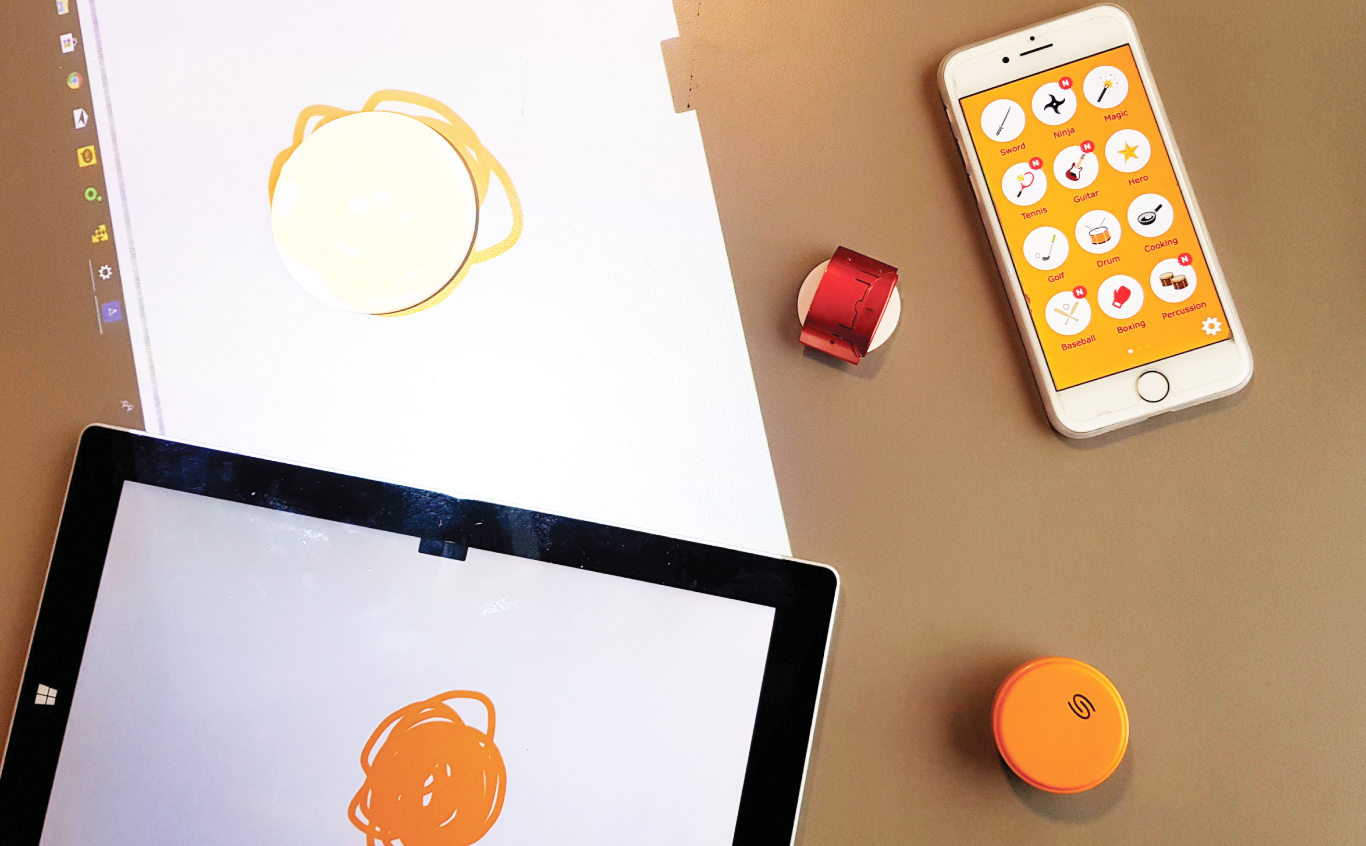
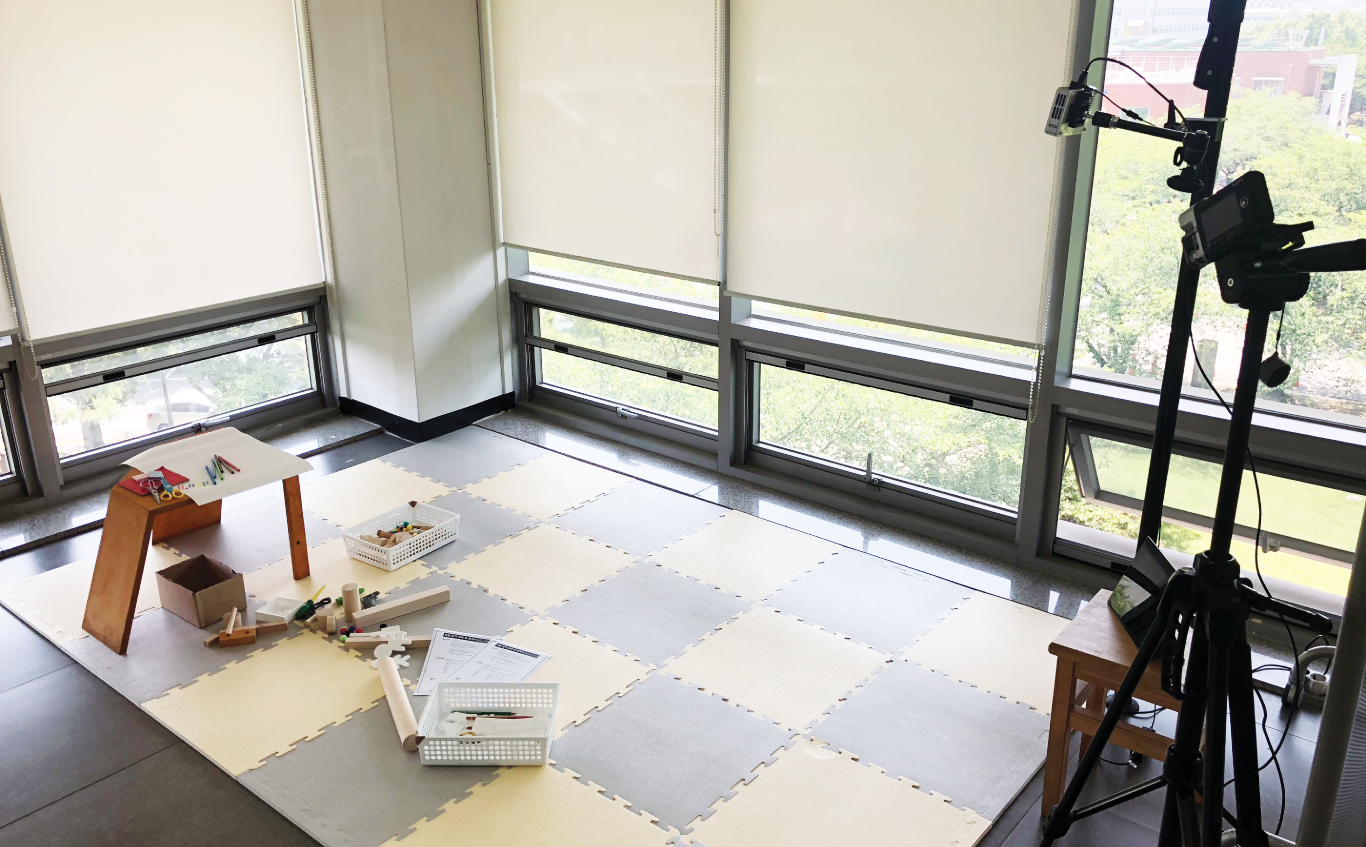
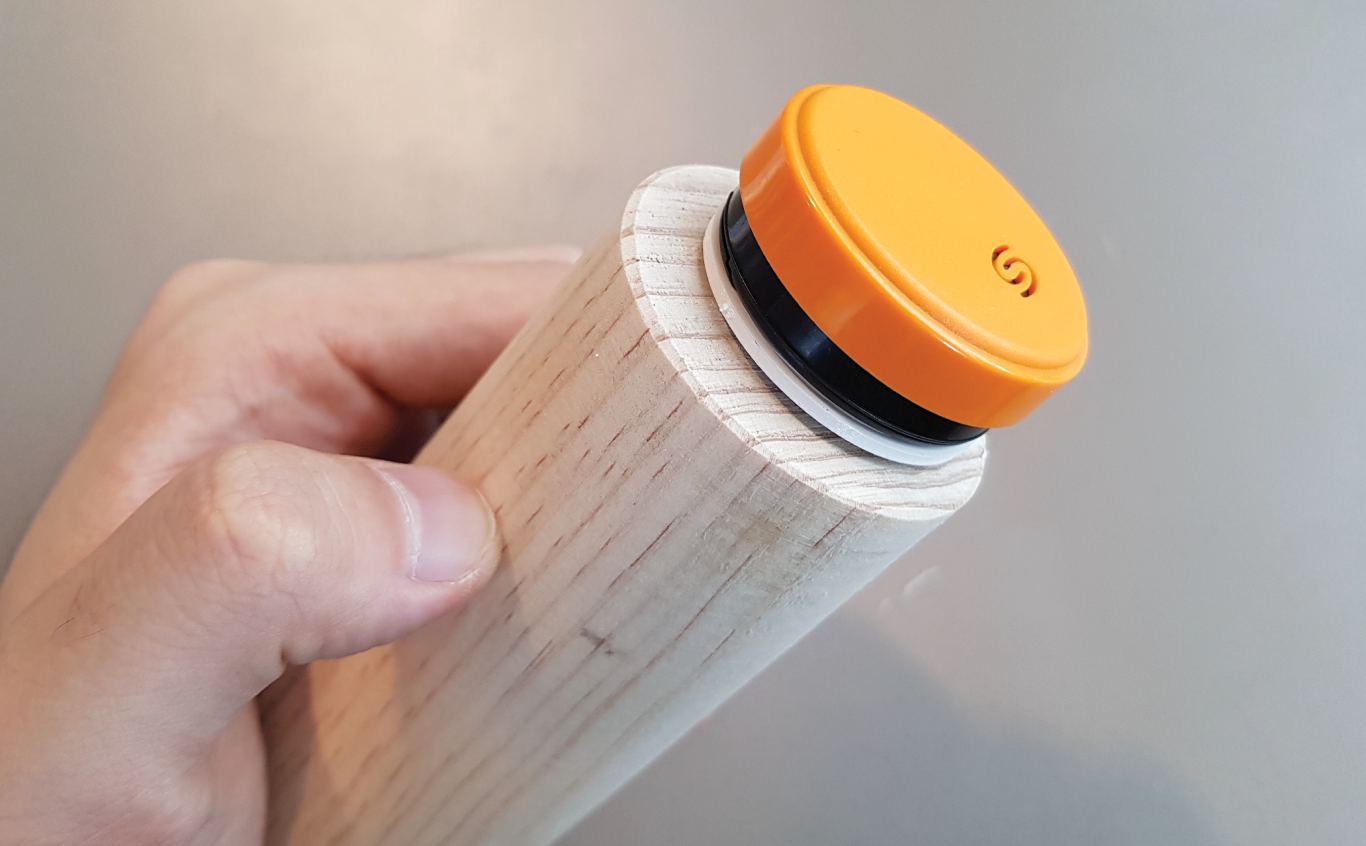
Four experience prototypes that integrated digital augmentation and tangible toys were used: (1) a drawing application that was installed on a tablet device was used with a connected projector; (2) the Moff Band and an adhesive gel pad; (3) a voice recorder with an adhesive gel pad; and (4) LEDs with coin cells. The study was conducted in a laboratory that was redesigned to appear as a play space.
The results revealed that children used the predetermined and open-ended symbolic stimuli of the experience prototypes to create symbolic pretenses. Digitally enhanced toys helped children exhibit imitative actions and constructive behaviors. I also identified the opportunities and challenges that children encounter when interactive systems are used in social pretend play. With respect to input methods, participants preferred the system with a simple way of manipulation.
![]()
![]()
![]()
![]()
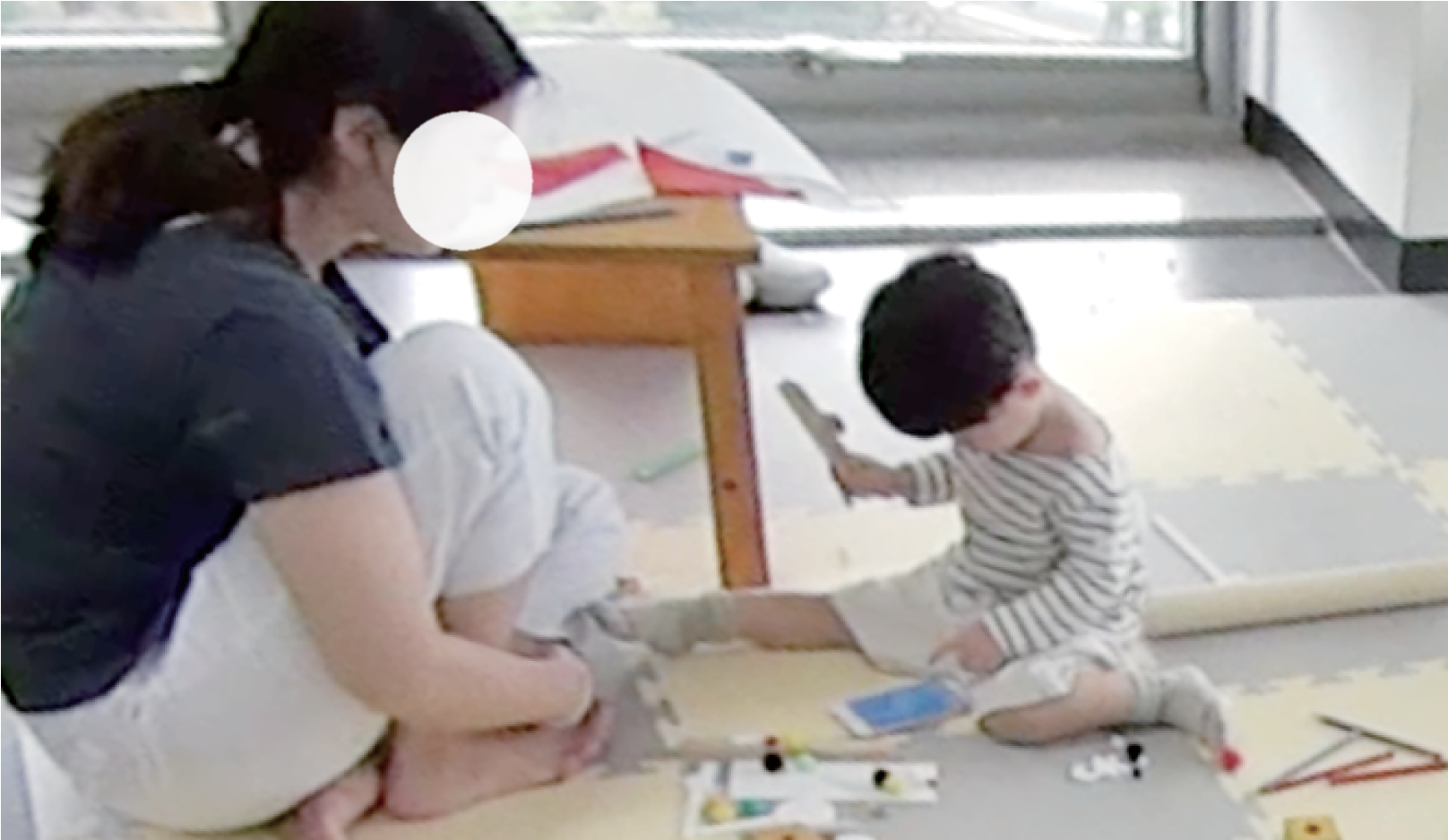
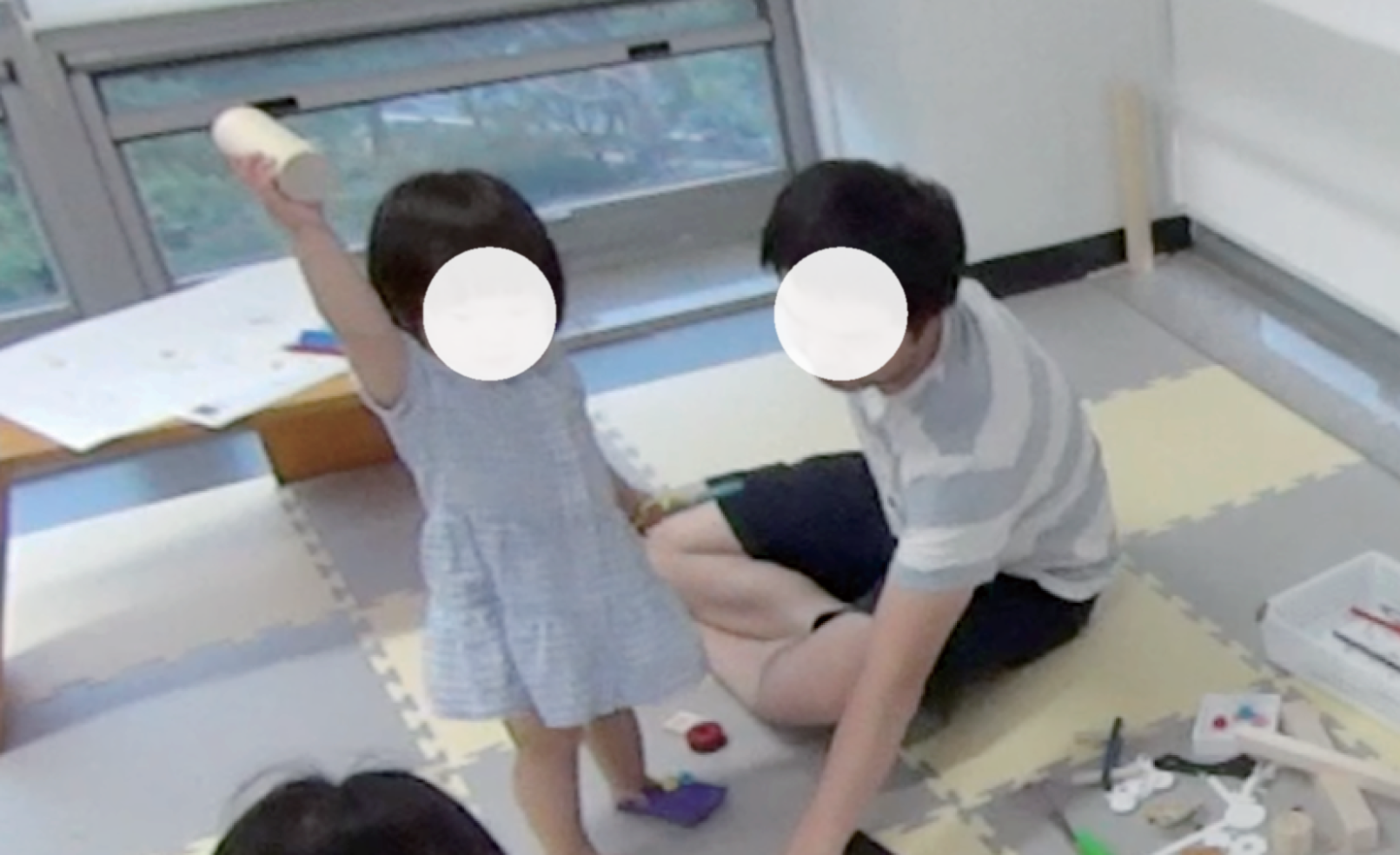
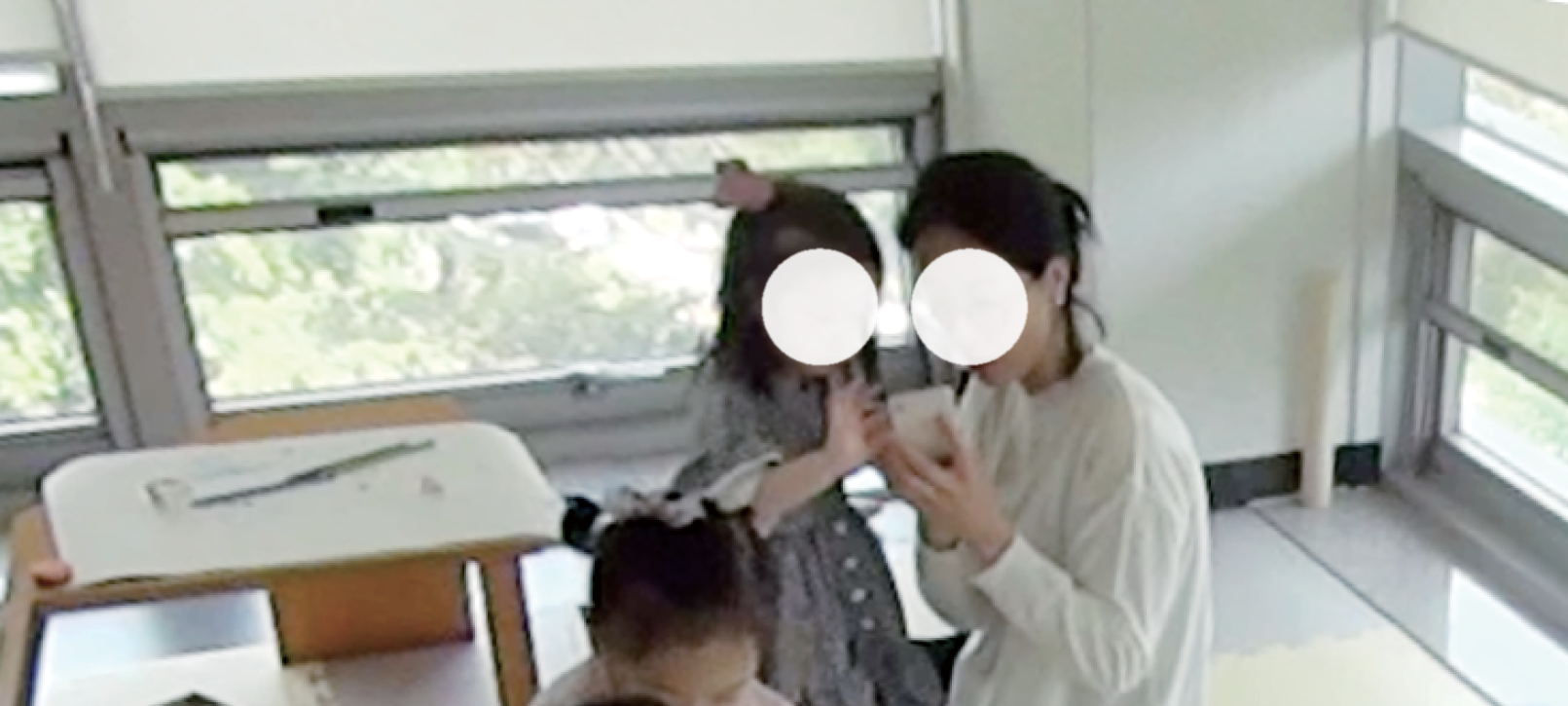
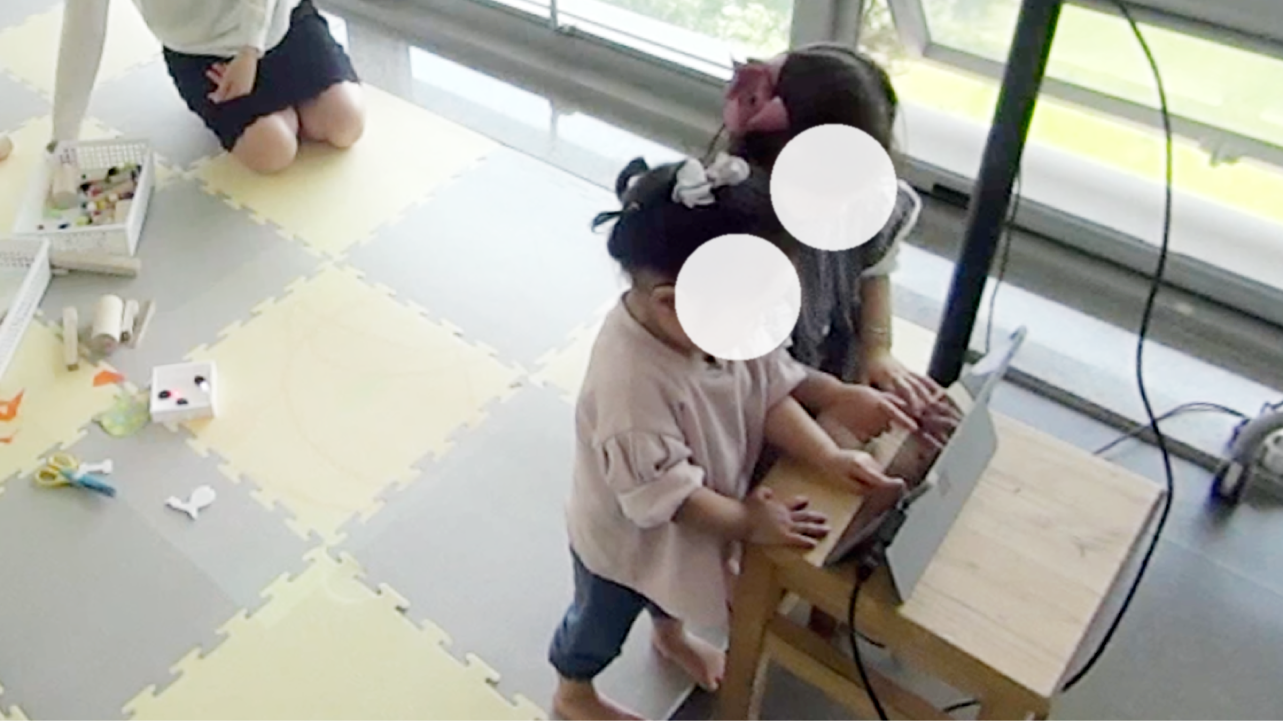
Overall, children and parents expressed their needs, preferences, expectations, and frustrations regarding the use of interactive technology in symbolic and social pretend play. The findings and implications of this study can be informative to toy designers and researchers who are interested in developing interactive tools or systems for children.